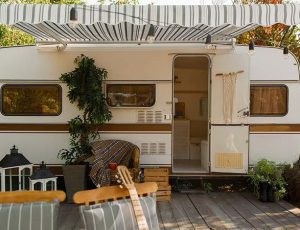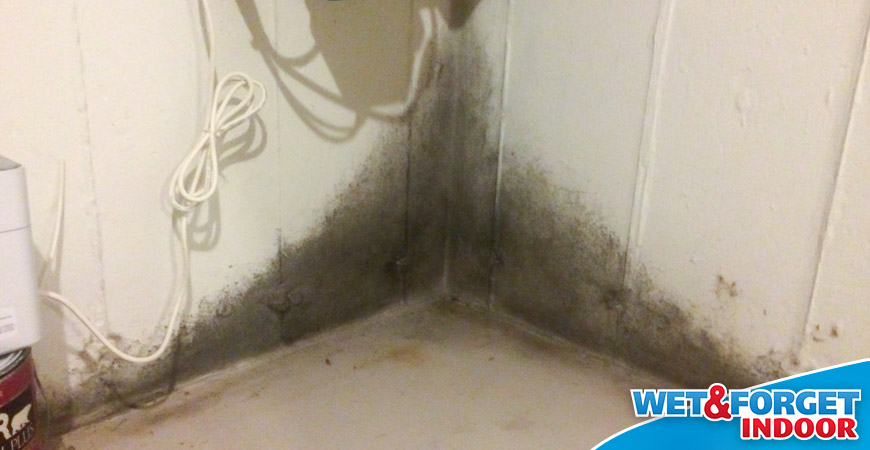
Spruce Up Your Home With a New Stair Runner
It’s a question as old as time itself: Should your stairs be hardwood or carpeted? Luckily, with stair runners, you can get the benefits of both without compromising either.
And when you consider that stairs are often the first thing guests see when they enter a home, it makes sense to ensure they look good. In fact, a minor change in your stairs’ style can lead to a significant design shift within your home overall.
So, instead of sticking with the stairs and steps that you’re used to, try something new. And with our guide to sprucing up your abode with a stair runner, you’ll have everything you need to transform your stairway.
Why You Should Consider a Stair Runner
Of course, many people prefer to install a stair runner as part of a new style for their residence. Maybe they want a dash of boldness to greet their guests, or perhaps, they prefer a subtler alteration to the home’s general aesthetics.
While there is a wide range of stair runner designs to choose from, there are also practical benefits to consider, too.
Homes with young children or older adults may want a stair runner to provide a more slip-resistant surface for their steps. A stair runner’s carpet adds more grip and prevents liquid spills from turning into potential hazards.
Along the same lines, the addition of carpet to your stairs will also dampen the sound of any children or pets bounding up and down the stairs. If you work from home or otherwise prefer a quieter home, a runner dull otherwise loud stomps.
If your home is older, your stairway probably shows signs of age. Instead of replacing your steps, installing a stair runner can hide scuffs without removing the charming appeal of hardwood steps.
So, even if your home’s interior style doesn’t need a sprucing up, there are pragmatic reasons to install a new stair runner. And if you do want a larger design refresh, stair runners can complement your new interior while creating a safer, cozier house.
Creative Stair Runner Ideas
Before you start picking out patterns or measuring staircases, the first thing to decide is whether the new runner will be a focal point in your home or help complement what’s already there. The next thing to consider is where you’ll install the runner.
For instance, you may prefer something more durable on high-traffic staircases. Or maybe you want a playful pattern since the stairs lead to a child’s bedroom or playroom.
With these things in mind, you can narrow down your best options as you consider various styles, textures, and fabrics.
Since we mentioned durability a couple of paragraphs back, let’s look at two examples that will hold up to heavy foot traffic without infringing on your style.
Loop pile rugs are constructed from snugly woven fibers. This allows them to stand up to lots of use, and since they tend to be more affordable than other stair runner rugs, they are an ideal choice for busy families working on a budget.
Herringbone wool is another durable carpet type due to its inherent elasticity and resistance to dirt and stains. Wool also adds a natural coziness to a staircase and can help a house feel more like a home.
If the runner will serve more as a design piece than a practical one, consider going bold. Stripes and repeating patterns will create a natural flow that can go from room to room.
Stripes also complement natural hardwood staircases. And, if you want to make a small set of steps seem bigger, stripe patterns will add visual length and create a sense of space.
Should your home already be awash in whites, grays, and other neutral tones, a bold color will allow the runner to really pop. Conversely, if your home is already colorful, installing a gray, beige, or brown runner can complement what’s already there.
A runner with neutral tones can also make an area feel lighter and brighter. Add a simple, basic stripe pattern to add a touch of elegance or calm to the stairs.
Stair Runner Landing Ideas
If you have stair landings, a runner becomes a slightly trickier proposition.
Generally, you have four options for landings:
- For quarter and half landings, a runner-style landing will incorporate your runner by either overlaying or mitering cut portions of the carpet. This leaves the perimeter of the hardwood exposed, as with the stairs.
- If you have larger landings, a wall-to-wall style will cover the entire landing with stitched-together portions of the carpet.
- With a multi-colored or bold runner, a single-color broadloom carpet can cover a landing, add coziness, and complement your vibrant style.
- To keep your options open, leave a landing bare and lay down an area rug or loose floor runner.
DIY: How to Install a Stair Runner
Getting Started
Installing a new runner onto bare stairs is a straightforward process. In many cases, you should be able to install a new one in only a few hours.
Before beginning, you’ll need to make one final decision: What’s your preferred installation method?
The Hollywood method involves installing the rug tightly over the front edge of each step and riser. It gives the runner a tailored appearance and is often suitable for stairways visible to guests.
The other option is the waterfall method. Instead of a tight installation, the rug will drape down from the front edge of the stair without securing it to the riser. It’s a more casual look, and many prefer it when the stairs lead to a furnished basement or if the carpet is unwieldily thick.
Once you’ve decided on your carpet and installation style, you can start installing.
Stair Runner Installation
First, collect all necessary measurements. Many pre-hemmed runners are sold in 27- and 32-inch widths — though other widths are often available.
To calculate the length of the rug, you need to measure the depth of a step and the height of the riser and add them together. Then multiply by the number of stairs.
If you’re going with the Hollywood installation method, add an inch to this total for each front stair edge. Ideally, you want at least 18 inches of spare length.
Next, install the tack strips that help hold the rug in place. You’ll need two for each step, and each strip should be four inches shorter than the width of your runner.
Center one tack strip on the riser with about a quarter-inch of space between it and the bottom. Then center another one on the step with about a quarter-inch of space from it and the back of the step.
When they’re nailed in place, the strips should be pointed toward each other.
Then lay down a base of carpet padding to give each stair extra cushion and increase the runner’s durability. On each step, the padding should wrap around the front edge but not cover any of the tack strips.
Then, using a hammer tacker, staple the padding in place. Trim any portions that could peak out from beneath the carpet, and repeat this process for every step.
With all the prep work out of the way, it’s time to install the stair runner.
Center the runner on the first riser and press it into the tack strip. You can use a carpet awl to ensure a clean line where the riser and the flooring meet.
Staple the carpet just beneath the next tread. Each staple should be about three inches apart.
For the Hollywood method, you’ll also staple the runner to the spot beneath the front edge of the step.
As you work the carpet over the nose of the stair, recenter it and push it towards the next tack strip. A knee kicker will help you tighten the carpeting to leave no bumps or bubbles.
With the help of a carpet awl, push the carpet into the crease where the riser and step meet and into the next tack strip. Staple the carpet into the seam on either edge of the strip and toward the outer edge.
Continue doing this for each step until you reach the landing. Then fold the carpet’s upper edge back onto itself and staple it beneath the front edge of the landing.
Give Your Stairs an Update with a New Runner
There is a wide range of stair runner ideas to help refresh your steps. With straightforward installation instructions, you can give your stairways a new look in only an afternoon.











